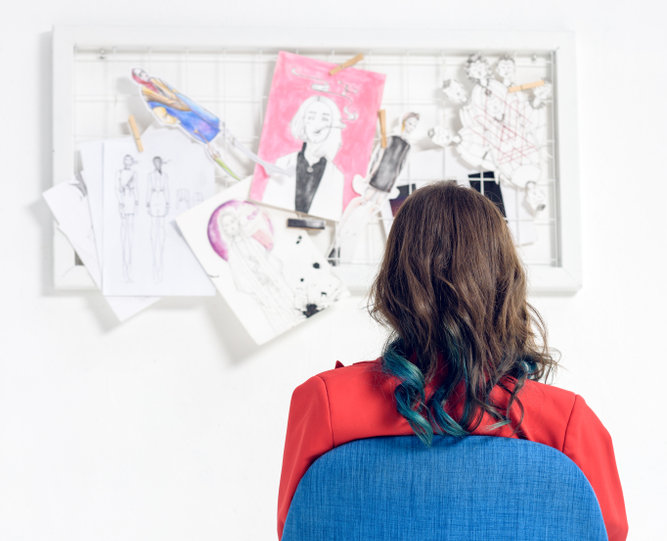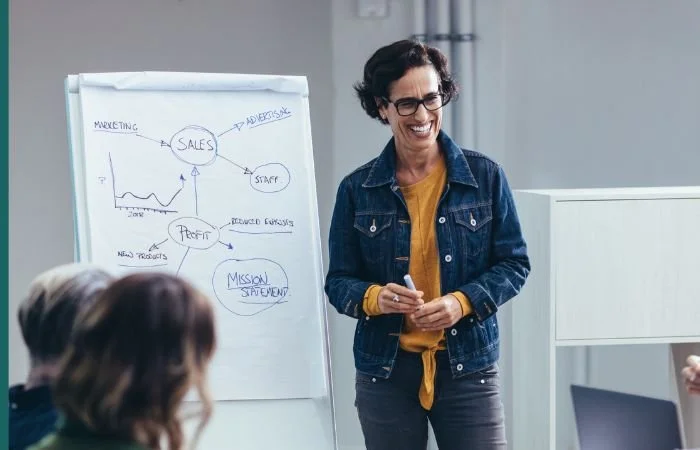Visualisation - Why It Doesn’t Work for Everyone

Guest article by Karen Meager and John McLachlan, co-founders of Monkey Puzzle Training
The concept of visualisation is a very common one nowadays. Visualisation is often used to help people set goals - both occupational and personal - and in Neuro Linguistic Programming (NLP) it is frequently applied as part of anchoring techniques, timeline work and curing phobias. Coaches, trainers and consultants regularly use it to help people make improvements in their lives, but it has become such a ubiquitous tool that it is often used as a one-size-fits-all solution, which it really is not. What is too often not taken into account is that every one of us has natural strengths and weaknesses which apply to every facet of life, including thought processes and learning. In recent years, schools have been implementing separate techniques for students depending on what kind of learner they are. Some revise for an exam by reading the material repeatedly, while others will record their notes and play it back to themselves, and some create games or activities to help them process the information they need. Just because a person struggles to effectively process things in a particular way doesn’t mean they can’t do it at all - they just have to find what works for them.
Every person is very individual in the way they most comfortably process things, and research shows that around 40% of the population finds that they work best on a visual level, with a further 30% saying that they are capable of visualising very clearly. This explains why visualisation techniques are so widespread and often considered very effective - for many people, they do work well. On the other hand, there is a significant portion of people who are not so adept in conjuring images in their minds, and their natural thought processes are not based on visual images. This is a condition referred to as Aphantasia.
Aphantasia, in simple terms, is a condition experienced by people who do not encounter mental images, and it is believed to affect as many as one in every fifty people. This is not to say that because it is a condition that it is a problem. Most people who experience Aphantasia are quite used to the way their minds work, and see no difference, and they very rarely have any problems directly caused by their lack of mental imaging. It is important that, particularly when faced with visualisation exercises that don’t seem to work for them, that people affected are not judged or made to feel that they are not doing well enough.
So a considerable number of people worldwide live with Aphantasia, but does this mean that they are not suited to NLP techniques, or that they will be unable to create compelling goals? Not at all. In our capacity as coaches, we have met a number of people with Aphantasia, and they are actually very well suited to being Practitioners, as they are far more able to follow processes without infringing them with their own ideas and influences. They tend to be naturally good at modelling because of their underlying sense of curiosity, which leads them to want to learn about others and the ways they process things. We have often found that people who can visualise have a lot to learn from those with Aphantasia too.
The good news is that with a little work, almost any NLP technique can be adapted for those who either struggle to make clear pictures in their heads or experience complete Aphantasia. By incorporating the other senses, those who cannot visualise are often able to put together clear sensual profiles that they can apply to their own NLP techniques. Sounds, words, tastes, smells and feelings have proven to be highly effective ways of working with those with Aphantasia. Very often, such hurdles can be overcome by thinking outside the box slightly, and giving consideration to an individual’s natural strengths and tendencies. If you have struggled with exercises like visualisation, take a step back and consider the ways that you could tweak the activity to make it more accessible to you. As with so many things in life, visualisation is a practice that will have the greatest impact on your life once you have experimented and found the variation that comes most naturally to you.



































































































